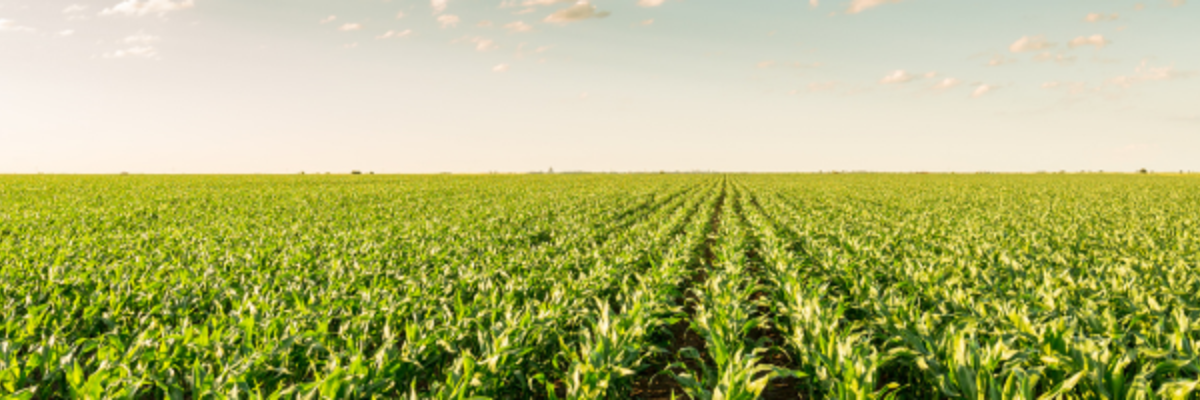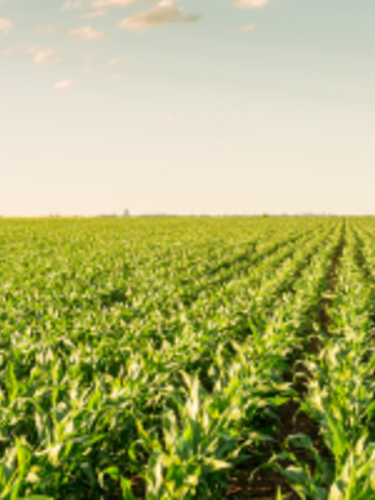


Maize, also known as corn in many parts of the world, is a fundamental crop with an interesting history of domestication. This history sheds light on both the processes of evolution in addition to human agricultural practices. Understanding the domestication of maize provides valuable insights into how human intervention has shaped the genetic architecture of plants to meet our needs.
Maize originated from a wild grass called teosinte (Zea mays ssp. parviglumis), which grows in southern Mexico. Archaeological and genetic evidence suggests that maize was domesticated from teosinte about 9,000 years ago in this region. Unlike maize, teosinte has many long branches, each bearing multiple small ears; in contrast, modern maize typically has one or two short branches, each bearing a single large ear. This transformation from teosinte to maize involved significant changes in the plant's structure and reproductive strategy, making it more suitable for human cultivation and consumption. Hugh Iltis, a former US professor of botany, posits the theory that the direct ancestor of maize was initially domesticated not for its grain but for its sugary pith or other edible parts.
The domestication of maize involved selective breeding, thereby altering the plant's genetic makeup. Scientists have studied these changes by comparing modern maize with its wild ancestor, teosinte. They have found that domestication reduced genetic diversity, particularly in traits related to reproduction, such as the size and number of grains and ears. This reduction is due to selecting specific traits beneficial for human use. Despite these changes, the overall selection pressure during domestication was relatively weak, meaning that the domestication of maize was slow and gradual rather than rapid and abrupt. This slow evolution has allowed maize to retain a high level of genetic variation, which has been crucial for its adaptation to diverse environments across the Americas, from Canada to Chile.
The domestication of maize from teosinte is a remarkable example of human ingenuity and the power of selective breeding. It transformed wild grass into one of the world's most important crops, demonstrating how human actions can drive evolutionary changes. As we continue to face challenges in agriculture, the history of maize offers valuable insights into how we can harness the principles of evolution and genetics to meet the needs of a growing global population. With the advent of modern genetic techniques, the future of crop breeding looks promising: these innovations allow us to build on the genetic foundation of ancient farmers, ensuring that maize and other crops continue to thrive and support humanity in an ever-changing world.